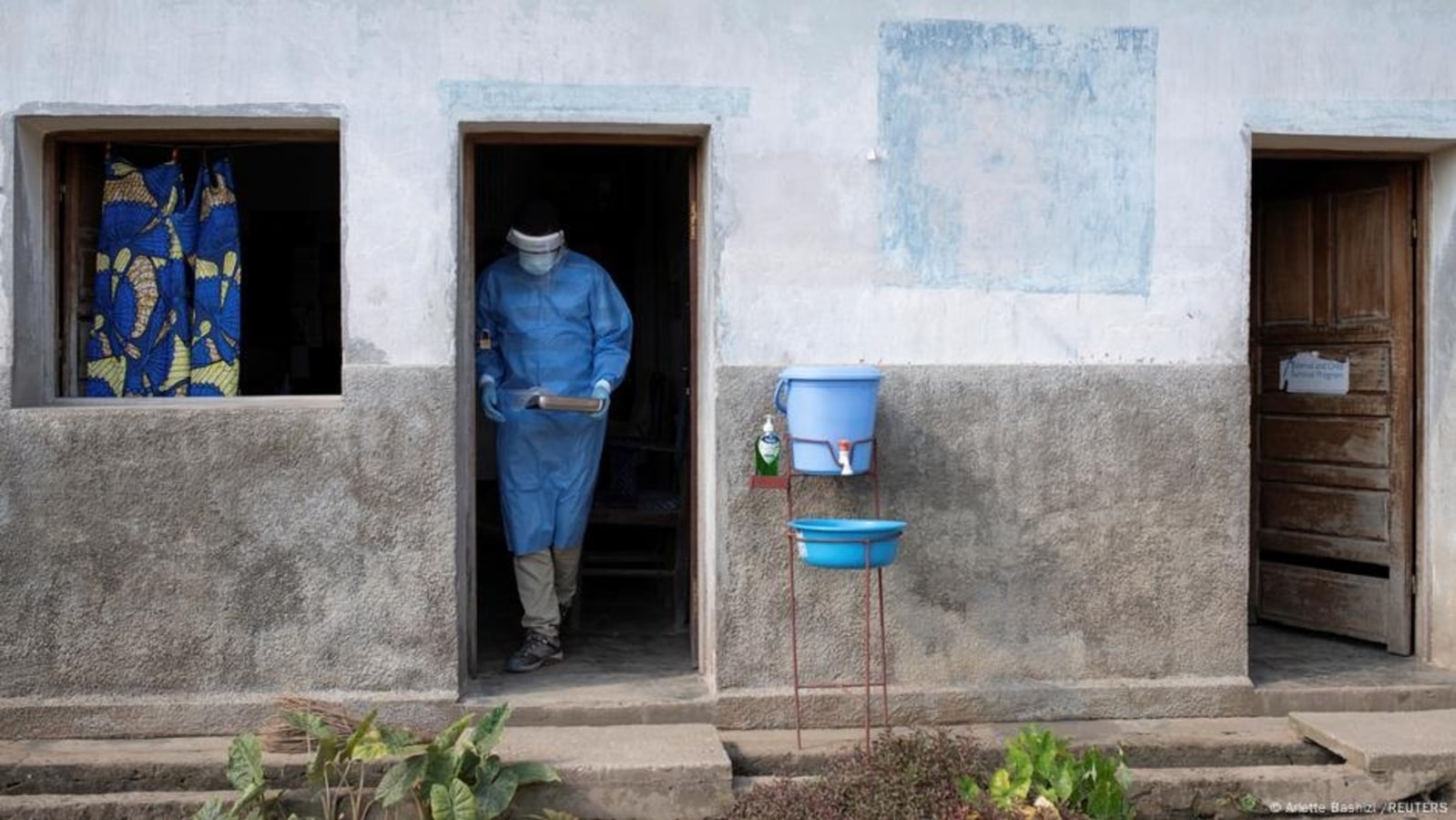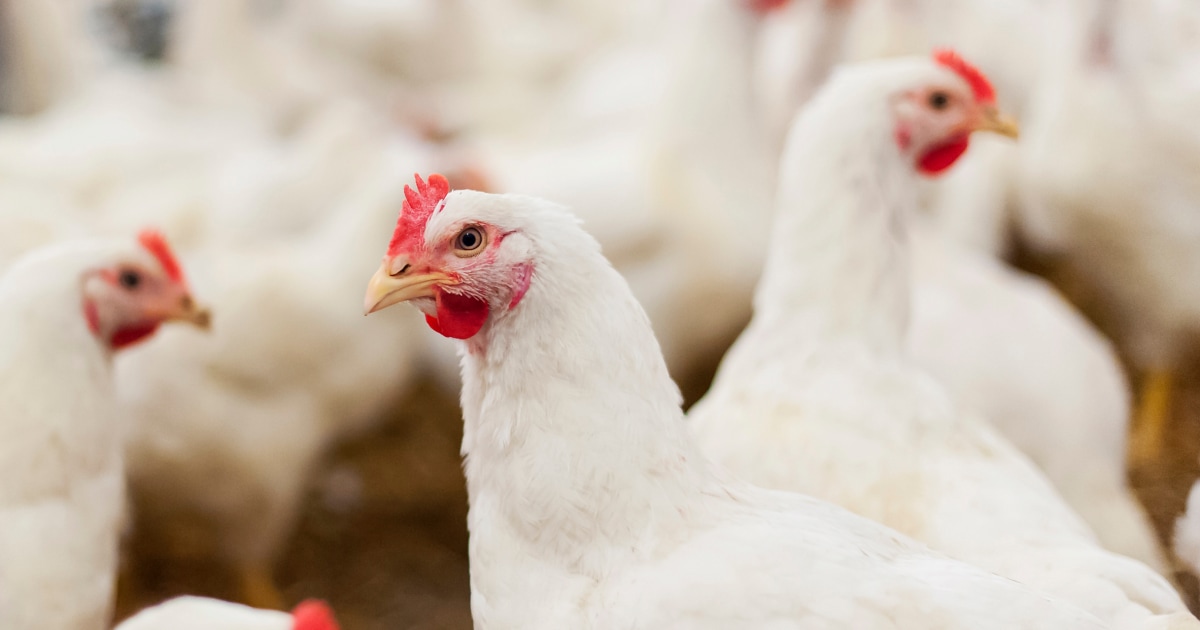A new type of Mpox called "clade 1b" appears to be deadlier and able to spread from person-to-person more easily than previous forms. Mortality rates are as high as 10% of infections. (Also Read | World Health Organisation declares Mpox a global health emergency ) Mpox, formally known as monkeypox, is an infectious disease caused by the monkeypox virus.
Clade 1b Mpox was first detected in Democratic Republic of Congo (DRC) in central Africa, where it started spreading in September 2023. Infections have since been reported in Cameroon, the Central African Republic (CAR), and Rwanda. New cases in Uganda and Kenya in early August 2024 were also linked to clade 1b.

The World Health Organization on Wednesday declared the spread of Mpox to be a global public health emergency, the second time in two years it has categorized the virus as such. In a post on social media platform X in early August, WHO Director-General Tedros Adhanom Ghebreyesus said that because a "deadlier strain of Mpox spread to multiple African countries," the WHO, Africa CDC and local governments were "scaling up the response to interrupt disease transmission." (Also Read | Add more omega-3 fats to morning diet during menstruation; know the benefits ) Between the beginning of 2022 and July 28, 2024, a total of 37,583 cases and 1,451 deaths from Mpox have been reported in 15 African countries, according to data from Africa CDC.
What are Mpox clades? Mpox is separated into two different clades: clade I and clade II. The more virulent and deadlier clade I is endemic in the Congo Basin in central Africa. Clade II is endemic in West Africa.
Clade II is the type that caused the global outbreak that began in 2022. Infections from clade II Mpox are less severe, with more than 99.9% of people infected surviving the disease.
Clade I strains cause more severe illness and deaths, with mortality rates of around 3%. But health experts in the DRC say the mortality rate from strain clade 1b can be as high as 10% among children. (Also Read | Common illness during monsoon in children: Tips to ensure their safety ) The clade 1b strain causes skin rashes across the whole body, unlike other strains where lesions and rashes are usually limited to the mouth, face and genitals.
Both Mpox clades are spread by close contact with an infected person. That includes talking and breathing near an infected person — via so-called "droplets", as we learned during the COVID pandemic. Mpox can also be transmitted sexually — in fact, sex is one of the main transmission routes — but health experts do not describe the disease as a sexually transmitted infection (STI).
Clade 1b mortality rates high in DRC children DRC has been hit particularly hard by cases of clade 1b Mpox cases. More than 13,000 people have been infected. The vast majority of deaths (85%) were in children under 15 years of age — they accounted for 68% of cases.
The disease is more common among males, who accounted for 73% of all cases reported. Most countries are yet to specify the strains causing suspected Mpox infections. Mpox situation in Africa 'high risk' While Mpox is moderately transmissible and dangerous, the fatality rate has been much higher on the African continent compared to the rest of the world.
"Despite a safe and effective vaccine and antiviral treatment against Mpox, these are not readily available to most [African Union member states]. Thus, we have listed the risk level as high," wrote Africa CDC in a report on July 30, 2024. (Also Read | The Neeraj Chopra diet: From snacks to cheat meals to fitness routine ) Between January and the end of July 2024, a total of 14,250 cases (2,745 confirmed; 11,505 suspected) and 456 deaths were reported from 10 African countries.
This represents a 160% and 19% increase in the number of cases and deaths respectively in 2024 compared to the same period in 2023. According to the report, DRC is the hotspot of Mpox cases, accounting for 96.3% of all cases and 97% of all deaths reported this year.
The European Centre for Disease Prevention and Control (ECDC), said on July 29, 2024, the risks to the European region are "very low.".



















